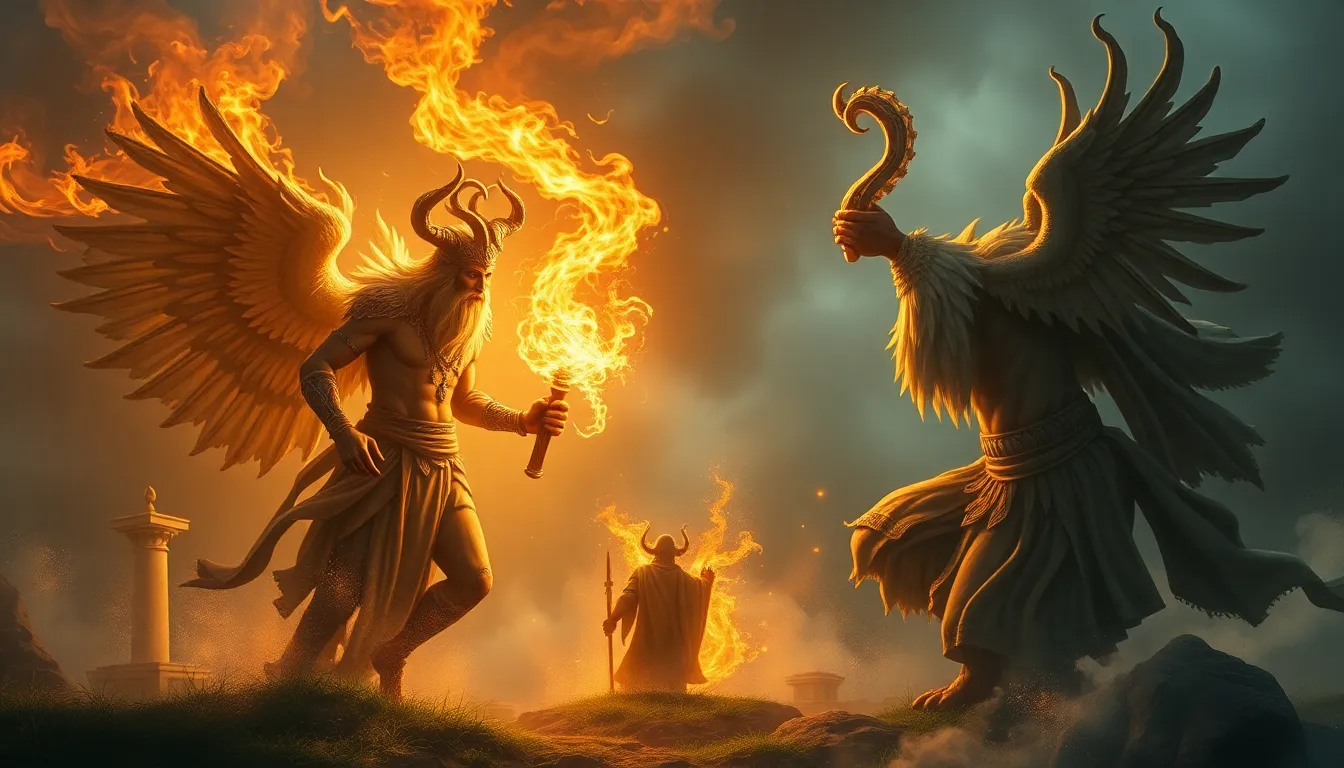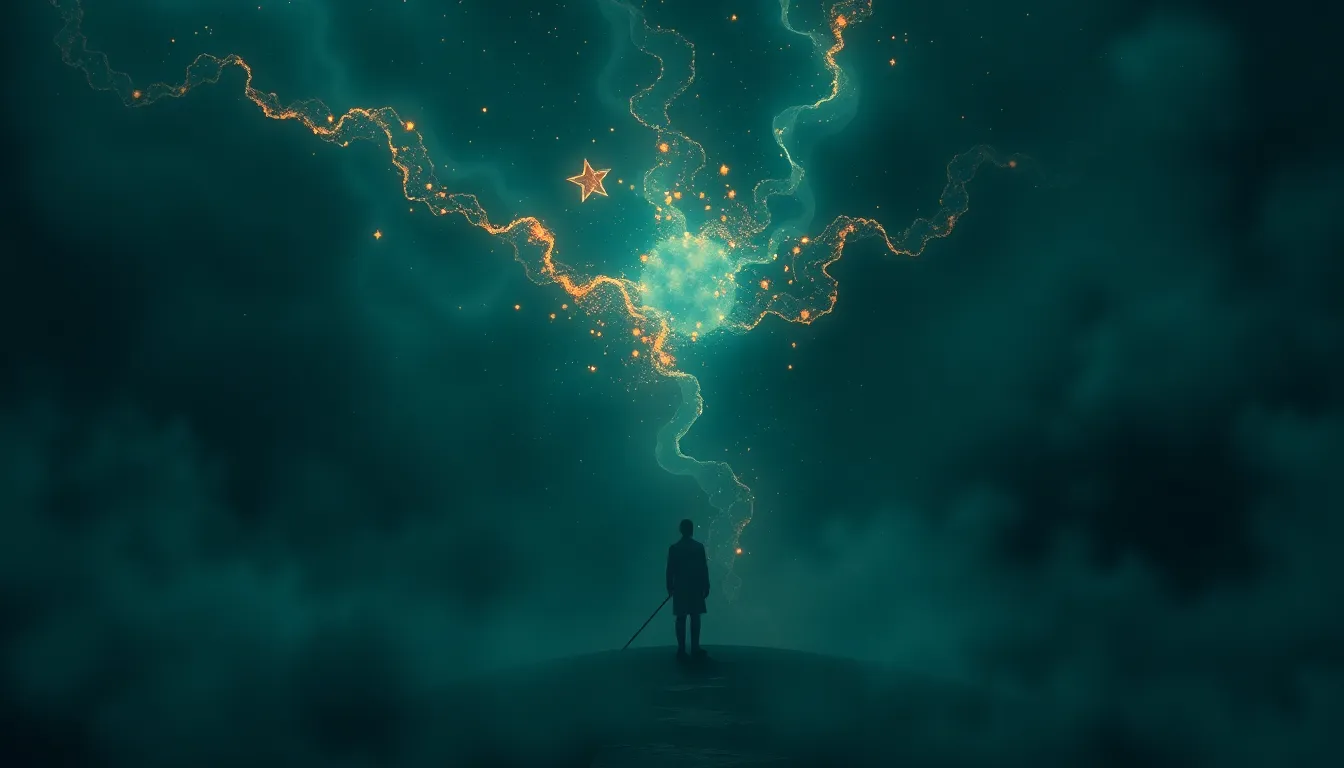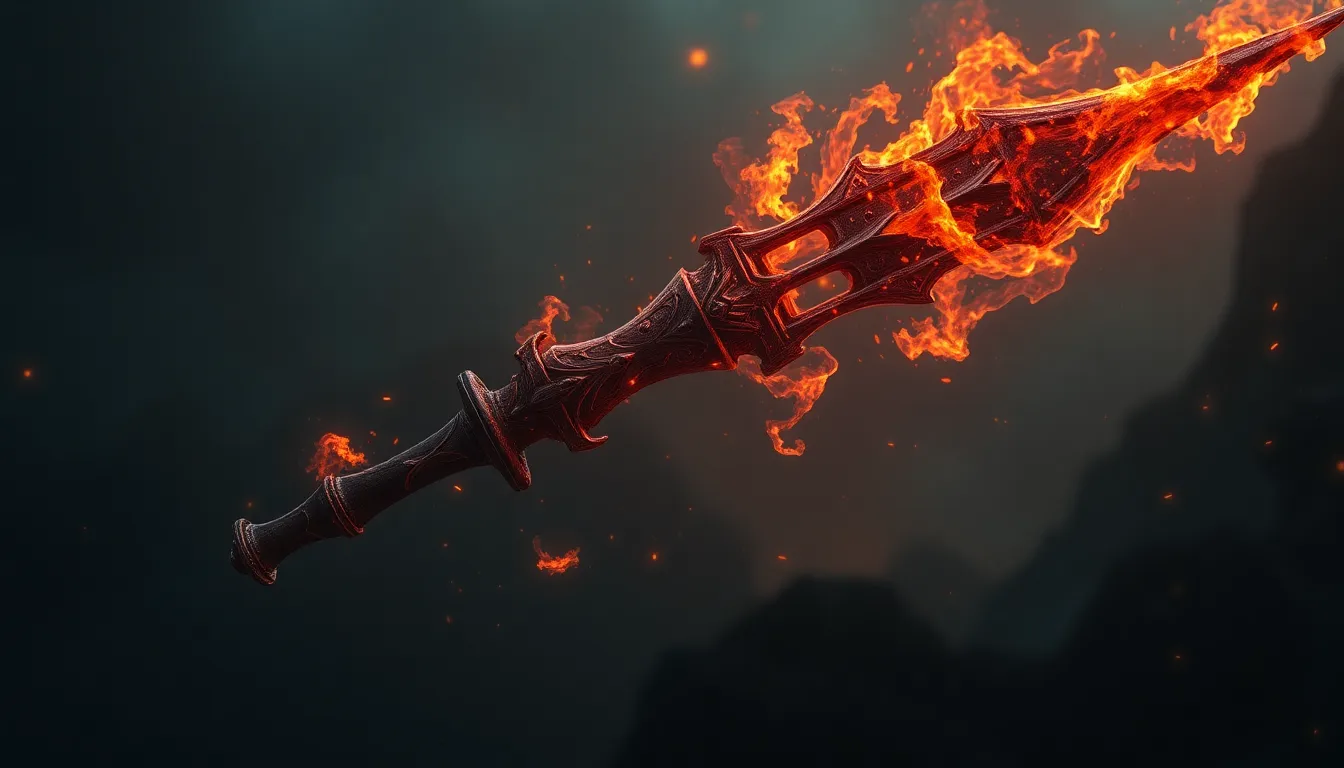The Underworld: A Mythical Journey into the Depths of Fear
I. Introduction
The concept of the Underworld has captivated human imagination across cultures and epochs. Defined as a realm of the dead or a place of punishment and reward, the Underworld serves different purposes in various mythologies. From the elaborate descriptions in ancient texts to contemporary interpretations in film and literature, the Underworld is a reflection of humanity’s understanding of life, death, and the fears that accompany them.
Fear is a fundamental aspect of the human experience. It drives us to seek answers about what lies beyond death, pushing us to explore the unknown. This article aims to delve deep into the historical, cultural, and psychological aspects of the Underworld, examining how it has influenced myth, art, and our understanding of fear itself.
II. Historical Perspectives on the Underworld
Throughout history, the Underworld has been a focal point for understanding the afterlife. Ancient civilizations crafted intricate beliefs about what happens after death, which shaped their cultural narratives and societal structures.
A. Ancient civilizations and their views of the afterlife
Different civilizations have conceived their own Underworlds, often influenced by their cultural values and experiences:
- Sumerians: Believed in a bleak afterlife known as Kur, a place of shadows.
- Greeks: Viewed the Underworld as a structured realm governed by Hades.
- Egyptians: Envisioned a complex afterlife journey through the Duat, leading to judgment by Osiris.
B. The Underworld in Greek mythology: Hades and its realms
In Greek mythology, Hades is not merely a god but also the name of the Underworld itself. It consists of multiple realms, including:
- Elysium: A paradise for the virtuous.
- Tartarus: A deep abyss for the damned.
- The Asphodel Meadows: A neutral zone for ordinary souls.
C. The Egyptian Duat: A journey through the afterlife
The Duat is a significant concept in ancient Egyptian beliefs, representing the realm of the dead where souls journey after death. This journey involves navigating through various challenges, with the ultimate goal of reaching the Field of Reeds, a utopian afterlife.
III. Symbolism of the Underworld
The Underworld is rich with symbolism, often representing deeper psychological and existential themes.
A. The Underworld as a representation of the unconscious
Psychologically, the Underworld can symbolize the unconscious mind, where hidden fears and desires reside. It serves as a metaphor for the parts of our psyche we often avoid confronting.
B. Fear of death and the unknown: Psychological interpretations
The Underworld embodies humanity’s fear of death and the unknown. This fear can manifest in various ways, influencing behavior and belief systems across cultures.
C. The Underworld as a place of transformation and rebirth
Many myths depict the Underworld as a transformative space, where death leads to rebirth. This concept is prevalent in various cultures, suggesting a cyclical understanding of life and death.
IV. Cultural Representations of the Underworld
The Underworld has been a prominent theme in literature, art, and popular culture, reflecting societal fears and aspirations.
A. The Underworld in literature: Dante’s “Inferno” and its impact
Dante Alighieri’s “Inferno” presents a vivid portrayal of the Underworld, structured into nine circles of Hell. Each circle represents different sins and their corresponding punishments, influencing perceptions of morality and justice through the ages.
B. Artistic depictions: From Hieronymus Bosch to modern interpretations
Artists have long been inspired by the Underworld. Works by Hieronymus Bosch, such as “The Garden of Earthly Delights,” vividly illustrate hellish landscapes, while contemporary artists explore themes of death and the afterlife in their own unique styles.
C. The Underworld in film and popular culture: Horror and fantasy genres
In modern media, the Underworld is often depicted in horror and fantasy genres, capturing the imagination of audiences. Films such as “Pan’s Labyrinth” and “The Nightmare Before Christmas” provide unique interpretations of the Underworld, blending fear with creativity.
V. Mythical Beings and Deities of the Underworld
Mythologies are filled with intriguing beings that inhabit the Underworld, each symbolizing different aspects of death and the afterlife.
A. Charon: The ferryman of souls
Charon is the enigmatic figure responsible for transporting souls across the river Styx to the Underworld. His role highlights the transition between life and death.
B. Cerberus: The guardian of the gates
Cerberus, the three-headed dog, guards the entrance to Hades, ensuring that souls do not escape, symbolizing the permanence of death.
C. Osiris and Persephone: Gods symbolizing death and resurrection
Osiris, the Egyptian god of the afterlife, represents resurrection, while Persephone, the Greek goddess, embodies the seasonal cycle of death and rebirth, emphasizing the interconnectedness of life and death.
VI. The Journey to the Underworld
Many mythical heroes embark on journeys to the Underworld, facing trials that symbolize personal growth and transformation.
A. Mythological heroes and their descent: Examples from various cultures
Heroes such as Orpheus, who descends to retrieve his beloved Eurydice, and Inanna, who journeys to the Underworld to confront her sister Ereshkigal, illustrate the challenges associated with facing death.
B. The trials faced in the Underworld: Symbolic meanings
The trials encountered often mirror internal conflicts, representing fears, regrets, and the struggle for redemption.
C. The return journey: Lessons learned and personal growth
These journeys frequently culminate in a return to the living world, signifying enlightenment and the acquisition of wisdom from facing the Underworld.
VII. The Impact of the Underworld on Modern Psychology
The Underworld’s influence extends into modern psychology, affecting how we understand fear and the unconscious.
A. Jungian archetypes: The Shadow and the Underworld
Carl Jung’s concept of the Shadow, representing the repressed aspects of the self, parallels the Underworld’s role as a space for confronting our darkest fears.
B. Fear management: How myths help us understand our fears
Myths about the Underworld provide frameworks for understanding and coping with fear, as they often depict characters overcoming their fears through trials.
C. Therapeutic uses of mythology in confronting the unknown
Therapists sometimes employ mythological narratives to help individuals explore their fears, using the Underworld as a metaphor for personal challenges.
VIII. The Underworld in Folklore and Legends
Folklore from around the globe presents diverse interpretations of the Underworld, reflecting cultural values and fears.
A. Global variations: From the Norse Hel to the Aztec Mictlan
In Norse mythology, Hel is a realm for the unworthy dead, while Mictlan is the Aztec underworld, emphasizing the journey of the soul through various challenges before reaching peace.
B. Common themes and motifs in Underworld tales
Across cultures, themes of judgment, transformation, and the inevitability of death emerge, highlighting shared human experiences.
C. The relevance of folklore in contemporary society
Folklore continues to resonate today, reminding us of the fears and existential questions that are part of the human condition.
IX. The Underworld as a Reflection of Societal Fears
Examining societal fears through the lens of the Underworld reveals much about cultural history and collective anxieties.
A. Historical fears: Plagues, wars, and social upheaval
Throughout history, events such as plagues and wars have shaped perceptions of the Underworld, often associating it with societal collapse and existential dread.
B. The Underworld in contemporary issues: Climate change




